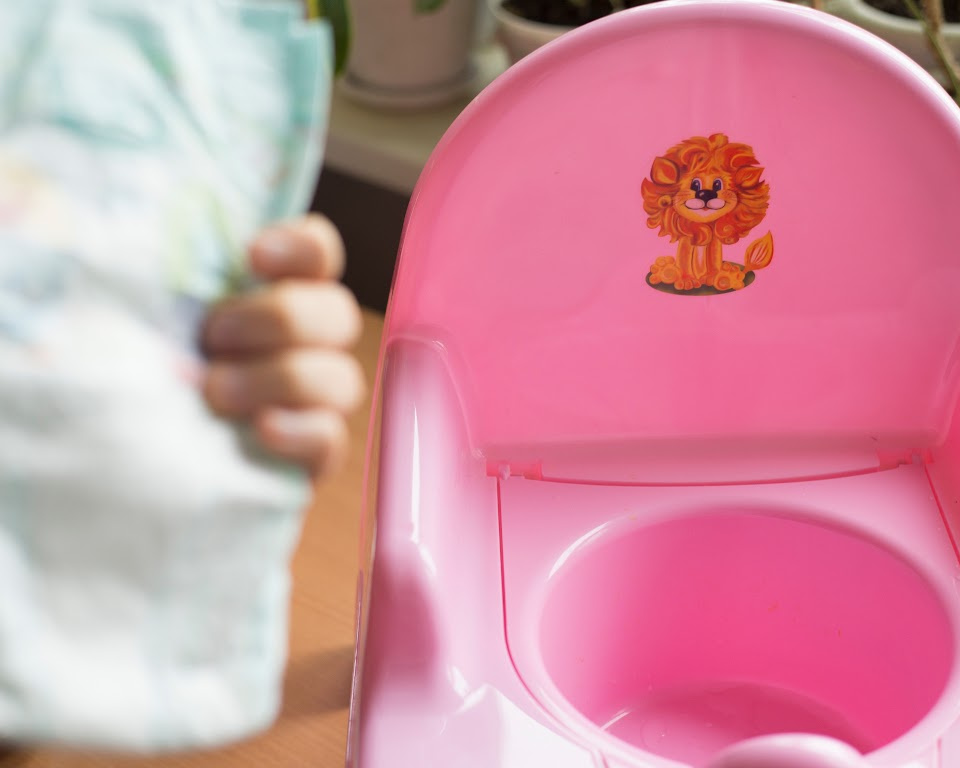Understanding how to communicate with a nonverbal autistic child is a challenge many parents, caregivers,…

Setting Boundaries with an Autistic Friend: A Guide
Autistic people bring new perspectives and ideas, enriching our communities and workplaces with their gifts inspired from seeing the world in different ways. It is important to build positive relationships while understanding the unique communication and sensory needs of individuals on the autism spectrum. Setting boundaries is crucial for maintaining healthy and respectful friendships. Here are some tips and insights on how to set boundaries with an autistic friend.
When it comes to setting boundaries with autistic individuals, it’s essential to approach the conversation with empathy and understanding. By creating a safe and respectful environment, you can establish clear guidelines that foster positive interactions and mutual respect.
Building Relationships and Rapport
Establishing boundaries with a friend on the autism spectrum requires building strong relationships and fostering rapport. Here are some helpful tips to support boundaries in friendships with autistic individuals:
- Be patient and understanding during conversations: Give them the time they need to process and respond. It may take longer for them to formulate their thoughts, so allow for pauses without interruption.
- Show encouragement and compassion: Create a safe and supportive environment to foster a positive connection. Express genuine interest and empathy towards their experiences and perspectives.
- Learn about their interests and find common ground: Understanding their passions and hobbies can help sustain conversations. Explore shared topics or activities that both of you enjoy.
- Provide specific praise and offer clear choices: Compliment their achievements and efforts, highlighting specific actions or qualities. When appropriate, give them options to choose from, enabling them to have a sense of control.
- Be aware of routines and schedules: Autistic individuals often rely on predictable routines and schedules. Respect their need for stability by being mindful of their established patterns.
- Avoid using idioms and slang: Understand that literal interpretations may be prevalent, so use clear and straightforward language. Minimize the use of idioms, metaphors, and slang to ensure effective communication.
Addressing Boundary Issues
Autistic individuals may struggle with understanding social norms and personal boundaries. It is important to gently guide them and provide direct communication about appropriate personal space.
If they stand too close, kindly ask them to maintain a certain distance. In case of inappropriate physical interaction, such as touching hair or hugging, calmly ask them to stop or redirect their attention.
If the person shares personal information that makes you uncomfortable, change the subject or kindly let them know that it is a sensitive topic. It is crucial to respect their communication preferences and provide options for how they prefer to communicate, be it texting, emailing, or face-to-face conversations.
Guiding Personal Space
Autistic individuals may not have a clear understanding of personal space boundaries. To help them navigate this aspect, kindly and calmly ask them to maintain a certain distance if they stand too close. Providing this gentle guidance can support the development of appropriate personal space awareness.
Addressing Inappropriate Touching
Inappropriate physical interaction, such as touching hair or hugging without consent, can be addressed by calmly asking the individual to stop or redirecting their attention to a different activity or topic. It is important to communicate your discomfort kindly and assertively, while acknowledging their potential challenges in understanding social boundaries.
Respecting Sensitivity to Sensitive Topics
If your autistic friend shares personal information that makes you uncomfortable, it is important to handle the situation with sensitivity. Change the subject to divert the conversation away from the sensitive topic, or kindly let them know that it is something you would prefer not to discuss. By respecting their boundaries around personal information, you can maintain a healthy and supportive friendship.

Managing Sensory Issues
Autistic individuals often have heightened sensitivities to touch, sound, light, smell, or taste. Understanding and supporting their sensory needs is crucial in maintaining healthy boundaries in friendships with autistic individuals.
One way to support their sensory needs is by considering their preferences and creating sensory-friendly environments. When planning meetings or social gatherings, choose locations or venues with minimal sensory distractions, such as bright lights or loud noises. This can help create a more comfortable and inviting atmosphere for your autistic friend.
Providing quiet and comfortable spaces during your interactions can also greatly contribute to their comfort. Consider finding a cozy corner or a quiet booth at a cafe where you can have conversations without the overwhelming sensory input. This can help your autistic friend feel more at ease and enable better communication.
Remember to be sensitive to their sensory challenges and be considerate of their needs. It’s essential to actively listen to their preferences and adjust the environment accordingly. By creating sensory-friendly spaces and showing empathy towards their sensory sensitivities, you can support their well-being and strengthen your friendship.
Self-Care and Self-Advocacy
When it comes to setting boundaries with an autistic friend, self-care and self-advocacy play a vital role. It’s important to prioritize your own needs while ensuring that you are treated with respect and fairness. Taking care of yourself and respecting your own boundaries not only benefits you but also sets an example for others to do the same.
One of the key steps in setting boundaries with an autistic friend is to communicate them clearly and firmly. Use concise statements to express your limits and expectations, and don’t hesitate to repeat them if necessary. Remember, it’s perfectly ok to say no or ask for what you need.
Engaging in self-reflection is also crucial when it comes to setting and maintaining boundaries. Take the time to evaluate how you feel in different situations and identify any challenges you may encounter. If you find it difficult to establish or uphold boundaries, don’t hesitate to seek support. Reach out to friends, family, or professionals who can provide guidance and assistance.
Here are some tips for setting boundaries with an autistic friend:
- Clearly communicate your boundaries using simple and direct language.
- Repeat your boundaries if necessary, ensuring that they are understood.
- Don’t be afraid to say no or express your discomfort.
- Take care of your own needs and prioritize self-care.
- Seek support and guidance if you’re facing challenges in setting or maintaining boundaries.
Remember, setting boundaries is an important aspect of maintaining a healthy and respectful friendship with an autistic individual. By practicing self-care, advocating for yourself, and communicating your boundaries effectively, you can create a supportive and fulfilling relationship.

Conclusion
Setting and maintaining healthy boundaries with an autistic friend is crucial for fostering a supportive and fulfilling friendship. By building relationships based on understanding and respect, addressing boundary issues, managing sensory challenges, and prioritizing self-care, you can establish effective boundaries.
Communication is key in setting boundaries with an autistic friend. Clear and patient communication allows for mutual understanding and helps in navigating social norms and personal space. By being compassionate and providing options for their preferred communication method, whether it’s texting, emailing, or face-to-face conversations, you create an environment that respects their needs.
Managing sensory issues is also important in supporting boundaries. Considering their sensitivities and creating sensory-friendly environments shows your understanding and helps them feel more comfortable. By being considerate of their sensory challenges, you demonstrate your commitment to maintaining a healthy friendship.
Lastly, don’t forget the significance of self-care and self-advocacy. Prioritize your own needs and communicate your boundaries clearly and firmly. By modeling healthy boundaries and taking care of yourself, you set a positive example for your autistic friend and others. Remember, maintaining healthy boundaries contributes to a strong and respectful friendship with your autistic friend.
FAQs
Why is setting boundaries important when it comes to friendships with autistic individuals?
Setting boundaries is crucial for maintaining healthy and respectful friendships. It helps establish expectations and promotes mutual understanding.
How can I build relationships and rapport with an autistic friend?
Building relationships and rapport with an autistic friend requires patience, understanding, and finding common ground. Encouragement, compassion, and respecting their communication preferences are also important.
How can I address boundary issues with an autistic friend?
Addressing boundary issues involves providing direct communication about personal space and appropriate behavior. Kindly asking them to maintain a certain distance or redirecting their attention can help manage boundary breaches.
How can I manage sensory issues that may affect my autistic friend?
To support their sensory needs, consider their preferences and create sensory-friendly environments. Choose meeting locations with minimal sensory distractions and be sensitive to their challenges, offering quiet and comfortable spaces when possible.
Why is self-care and self-advocacy important in friendships with autistic individuals?
Practicing self-care and self-advocacy is crucial in maintaining boundaries and ensuring your own well-being. Taking care of yourself sets an example for others and helps foster a healthy and balanced friendship.
How can I effectively communicate my boundaries to my autistic friend?
Communicate your boundaries clearly and firmly, using concise statements. Repeat them if necessary and don’t be afraid to say no or ask for what you need. Engage in self-reflection and seek support if you’re struggling with setting or maintaining boundaries.
How can I create a supportive and fulfilling friendship with my autistic friend?
By building relationships, addressing boundary issues, managing sensory challenges, and prioritizing self-care, you can establish and maintain effective boundaries. Remember to communicate your needs clearly, be patient and understanding, and advocate for yourself to foster understanding and respect in your friendship.



This Post Has 0 Comments